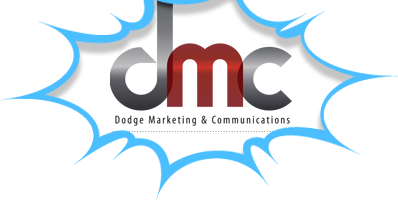How Much Should My Business Spend on Advertising?
[simple-social-share]

Calculating a marketing and advertising budget is never easy.
It goes without saying that you need to spend a certain percentage of your annual gross revenues on marketing. After all, it’s the only way to bring new customers to your business, drive growth, and boost profits.
Still, there are big questions here. The first is “what percentage of gross or projected revenues should my business spend on marketing?” The second one is “how should I allocate my marketing budget across different mediums?”
Figuring out your advertising budget
Everyone has a different method for budgeting for advertising. Entrepreneur.com has a formula for creating marketing budget that makes some sense. They recommend companies less than five years old spend 12 to 20 percent of their annual gross revenues on marketing – a range that might be tough for some startups to reach – whereas more established companies should spend closer to 6 to 12 percent of total revenue.
The U.S. Small Business Administration, on the other hand, says spending 7 to 8 percent of gross revenue is ideal when your gross is less than 5 million a year and profit margins are roughly 12 percent. Other experts say start-ups should stay lean and keep their ad spending around 2 to 3 percent. If you belong to a industry trade association, they can often make recommendations on budgeting as well.
Lots of opinions.
My advice is to think about your competition as well as your comfort level with spending. If you’ve got tough competitors that spend aggressively, you may need to push your ad budget a little harder. Most businesses find a sweet spot in the 6 to 12 percent range. That’s usually a healthy budget for modest, incremental growth.
The next question, though—and arguably the more difficult one to answer—is how to allocate that money. Specifically, how much of your marketing budget should you spend on digital advertising channels?
traditional or digital?
How you allocate your promotional budget—and how much of it you divert toward online channels—will depend a lot on the nature of your business. For instance, an e-commerce brand is going to spend virtually all of its marketing budget on digital promotion and branding. A business with a local brick-and-mortar presence, meanwhile, would probably spend a lot more on traditional advertising, like print, radio, TV, or billboards.
I recommend allocating at least 30 to 40 percent of your total spend on digital advertising, with few exceptions. Companies that serve a limited geography, like some of our partners here in the Adirondacks, usually lean harder on traditional advertising, although we’ve seen a great deal of success using online channels as well.
Digital marketing is essential today, even for small local businesses. A quality website and a strong social media presence are not optional anymore, at least not if you want to meet customer expectations.
allocating your online ad budget
Some components of online marketing don’t need as much maintenance as others, and there require fewer funds. For instance, launching a new website can be a upfront significant expense, but most of the tweaks and changes that come afterward is usually minimal. Same thing with mobile apps.
The bulk of your annual budget will go toward ongoing programs, like banner advertisements, social media, content marketing, SEO campaigns, and pay-per-click platforms. By monitoring analytics, you can determine which of these sources is delivering the most leads to your website. With that knowledge, you can reallocate your digital budget as you optimize the channels that are showing the best results.

